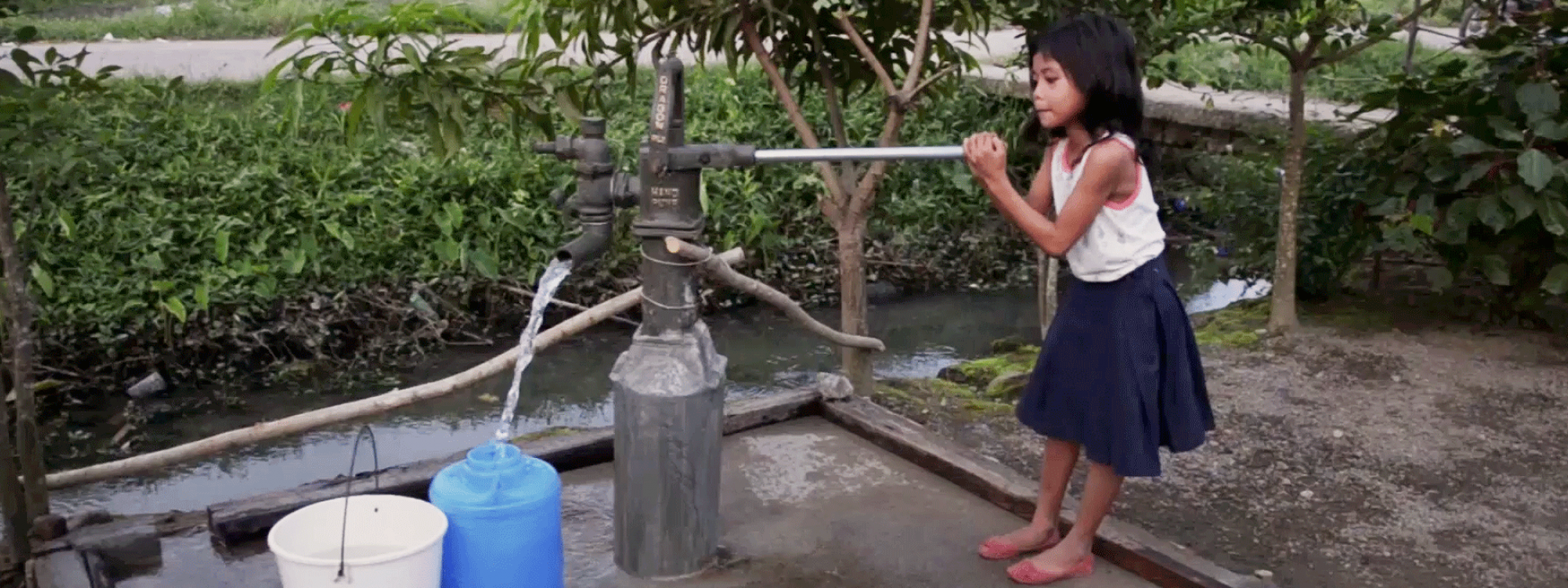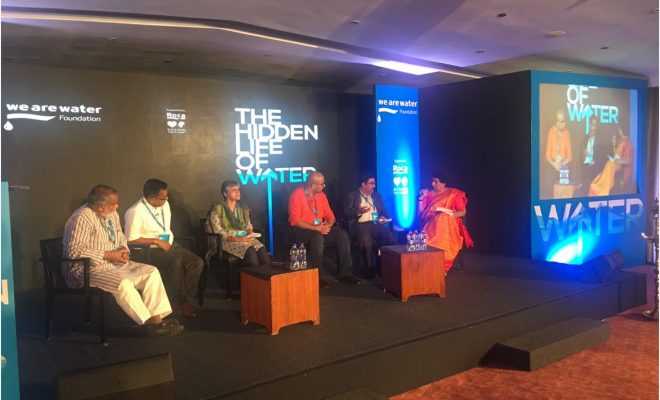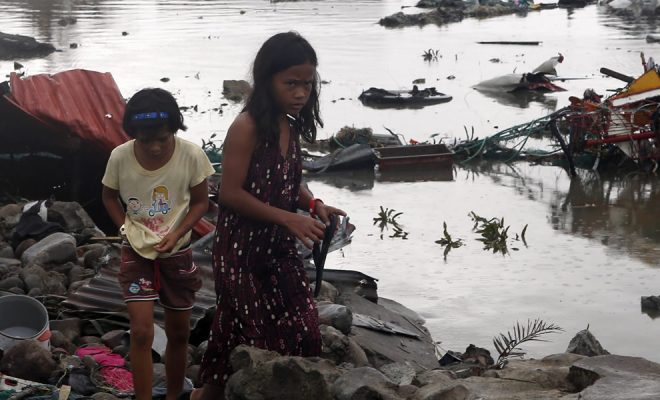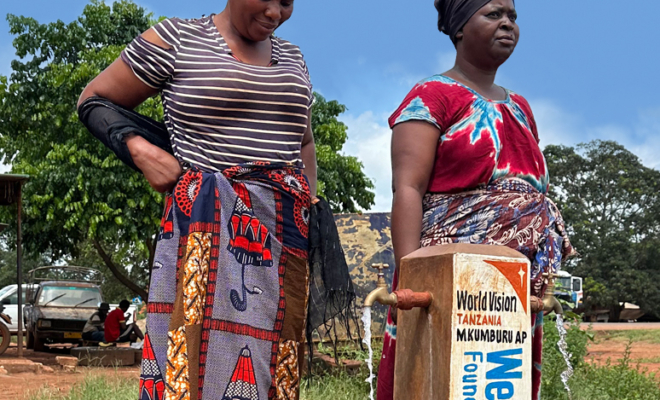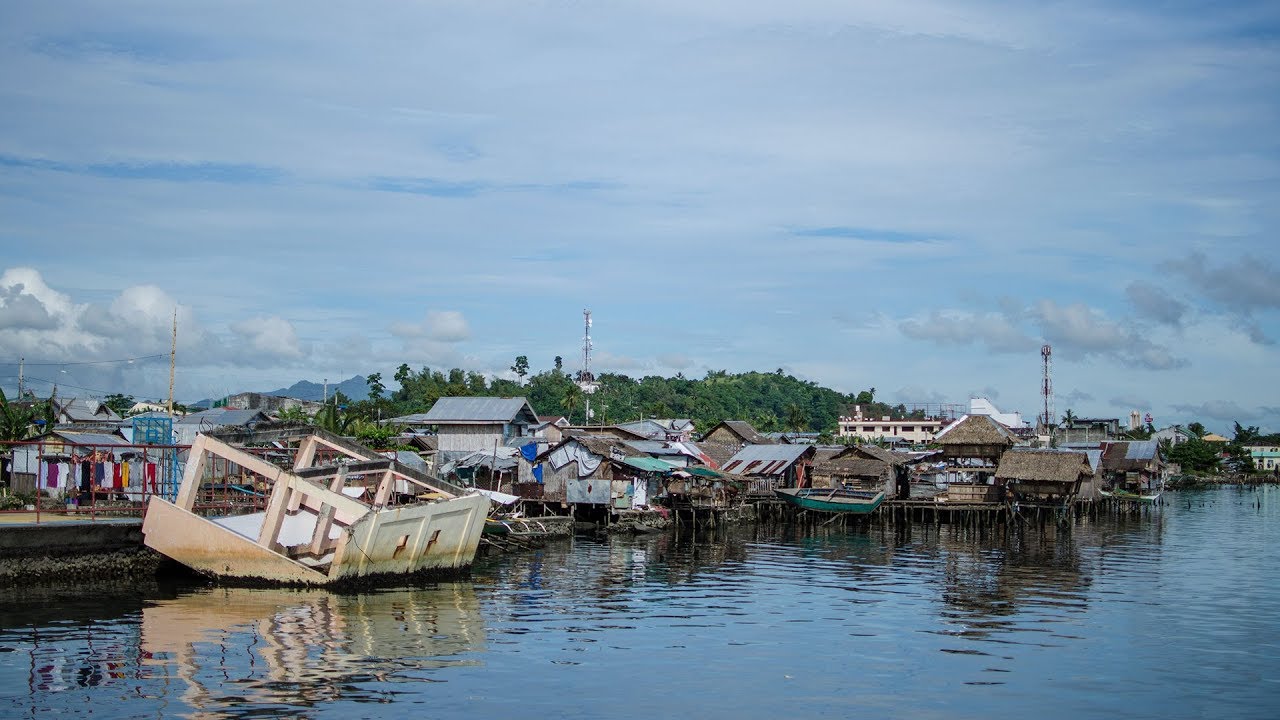
“I thought we wouldn´t survive, it seemed that the end of the world had arrived.” In the early morning of the 8th November 2013, most of the inhabitants of the Visayas islands saw their homes, schools, vegetable gardens and cattle being devastated by wind gusts that reached 235 km per hour and torrential rains. Right then Haiyan turned into the most violent typhoon to ever reach land and its consequences were devastating. It was estimated that it destroyed between 70 and 80% of the constructions on the coast in the Leyte and Samar provinces, leaving around 10,000 dead.
It also happened in Nepal after the earthquake on the 25th April 2015: a terrible aftermath arrives after the natural disaster, with the destruction of the water supply and sanitation facilities and the contamination of wells and water sources by sewage and animal carcasses. Without fuel, without the essentials to boil water and without the adequate information, the poorest ones are obliged to drink contaminated water and the diseases like diarrhea become endemic. The access to drinking water is the priority in any urgent aid.
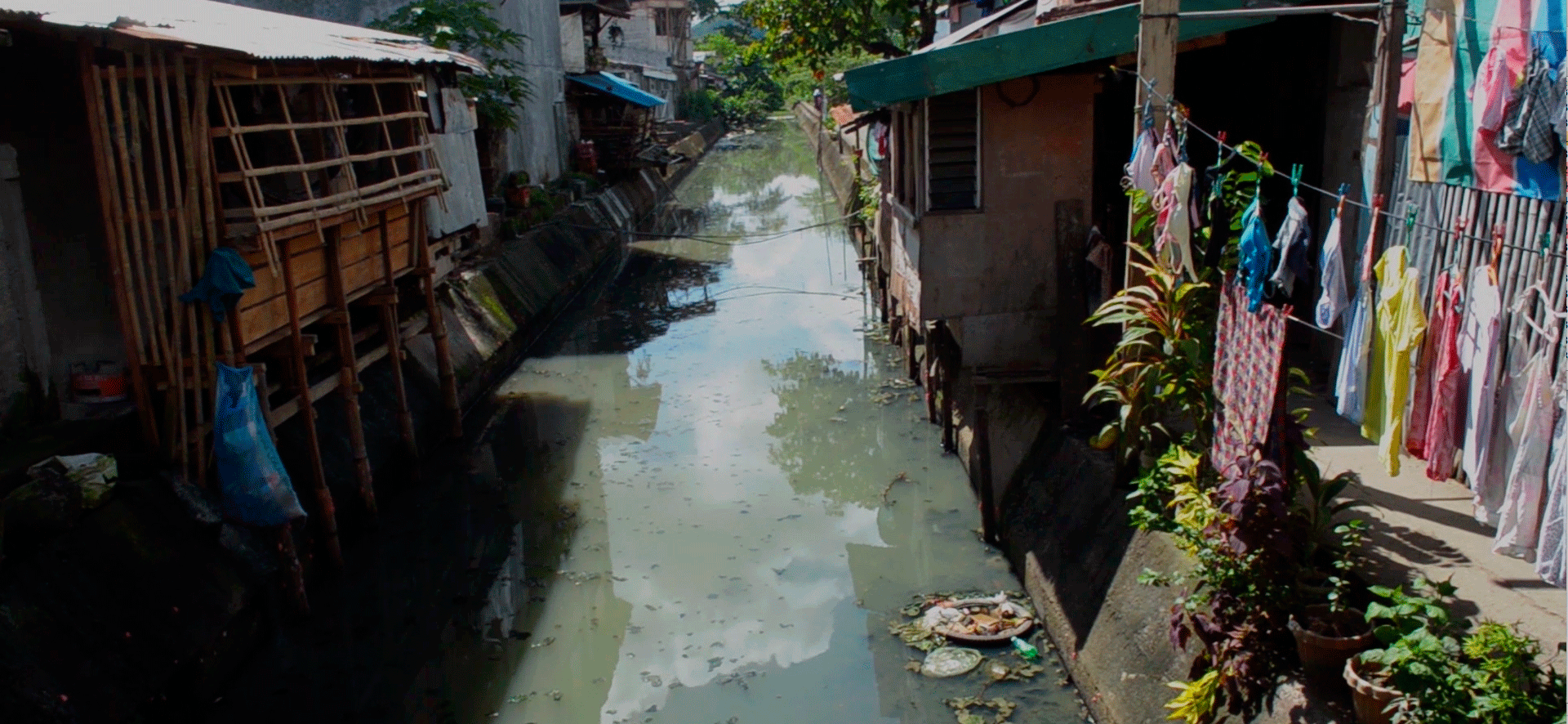
Children are the most vulnerable ones, as their immune system is not developed yet. According to the World Health Organization (WHO), diarrheal diseases kill over half a million children under the age of five every year. Apart from missing school, those who survive experience negative consequences in their growth, as diarrhea reduces the absorption of calories and nutrients.
Those who have lost everything cannot collect water from any source, as they do not have any containers to transport it. For this reason, a simple 10-liter drum is the cornerstone of resilience. A couple of these containers allows a family of five to collect the water needed to live every day and, above all, if there is no reservoir, they can use bacteriologically contaminated sources by adding purifying tablets to the water inside the drum. These are the so called aquatabs, which are always attached to the drums in the emergency aid after a natural disaster.
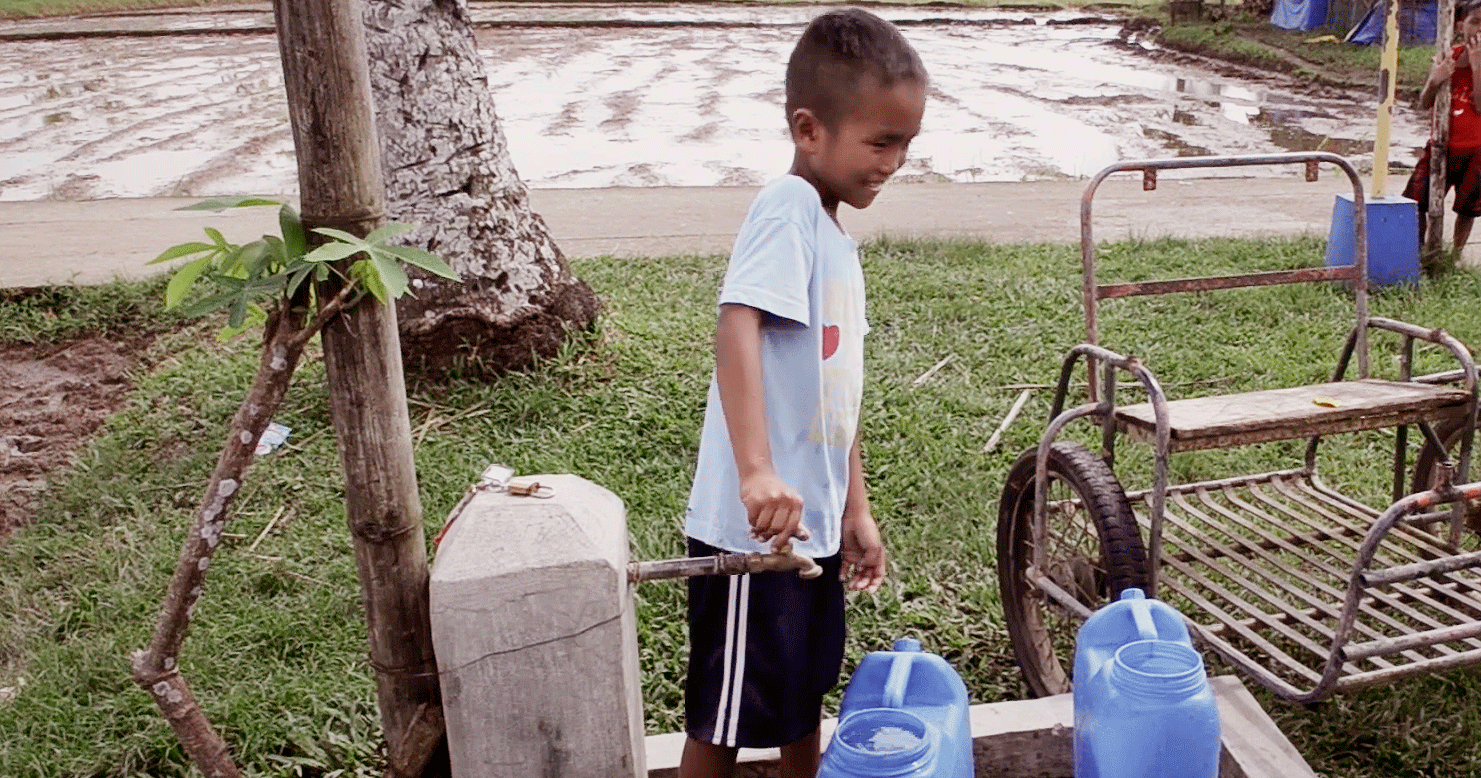
With drums and aquatabs the We Are Water Foundation, in collaboration with World Vision, helped over 550 families in the Eastern Visayas in the first stage of the emergency response after typhoon Haiyan. Later on, in Nepal, the experience was repeated on a wider scale in the districts of Lamjung, Sidhuli, Bhaktapur, Katmandú, Lalitpur and Gorkha after the earthquake in 2015: 1,500 families received two 10-liter water drums, thus being able to start a new life.


